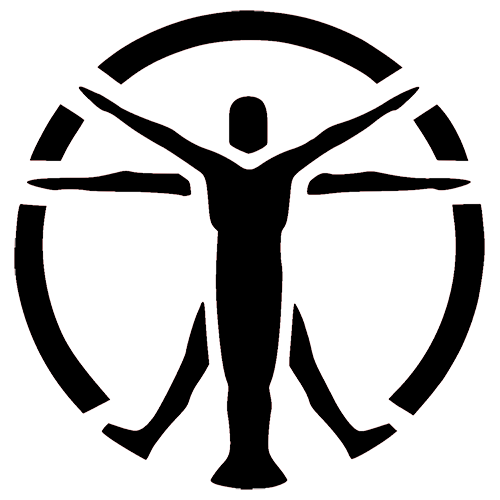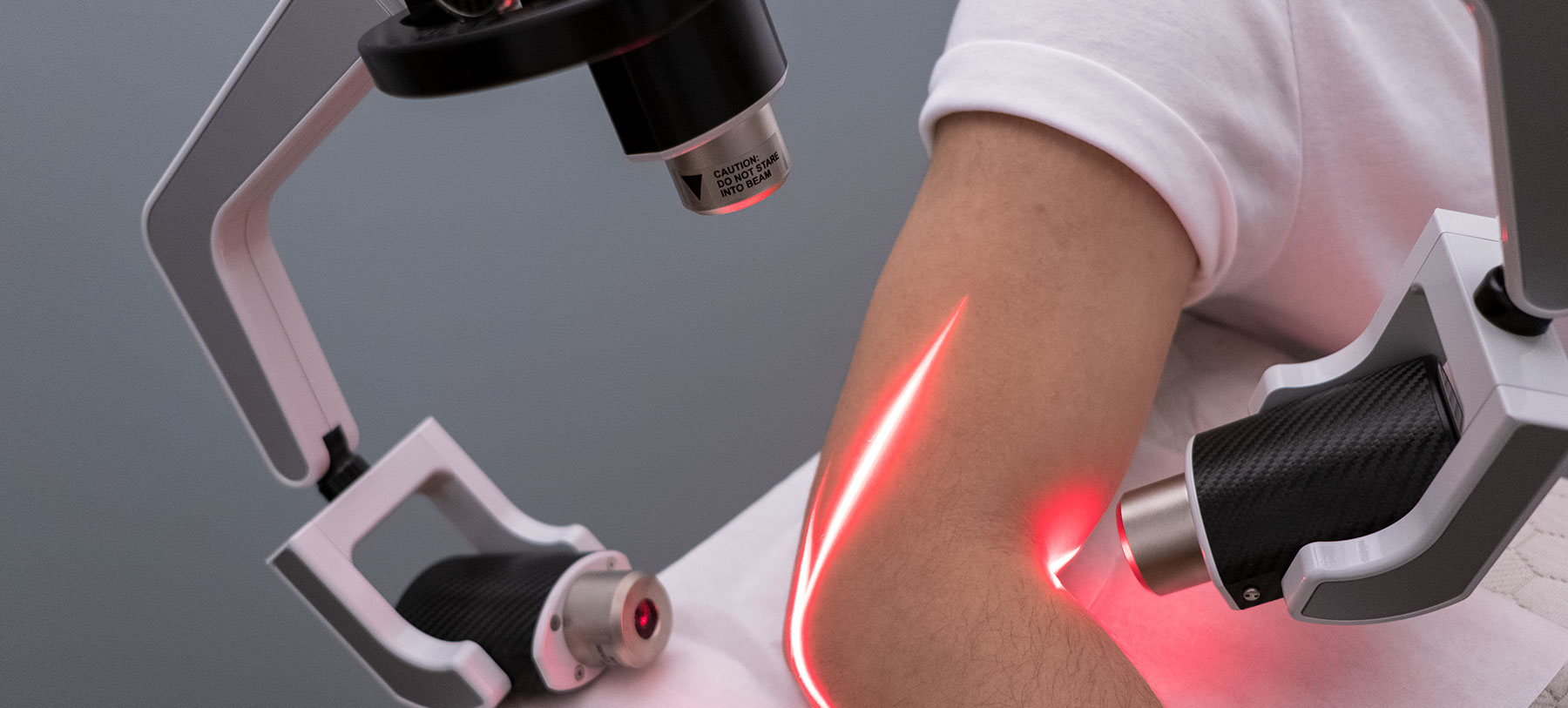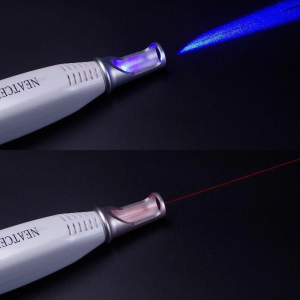Laser surgery has been around for decades. Its history dates back to 1976 when physicians became interested in the development of an laser. Medical engineers immediately realized that they could revolutionize surgery with this device.
However, not many people know that as early as 1967, Professor André Mester began using low-power lasers in medicine. These devices became the basis for non-invasive cold laser therapy. It helps with skin issues, hair loss, sports injuries, pain relief and stimulates wound healing. It, however, is only a glimpse of what you need to know about cold laser therapy to put it into practice effectively.
Therefore, in this article, we have explained in detail what cold laser therapy is, how it works, what it helps with, how effective it is, and pointed out its pros, cons, and contraindications.
Let’s get to the detailed breakdown of the topic!
What Is Cold Laser Therapy?
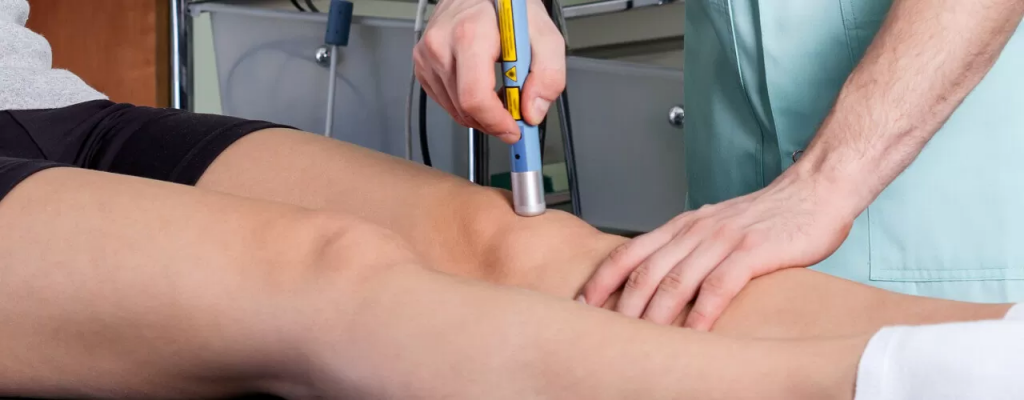
Cold laser therapy is a non-invasive procedure that does not require surgery. It uses .
However, why is it important to know? Because of the short wavelength, cold therapy does not have enough power to damage the skin. Unlike surgical lasers, Category 3A and 3B lasers don’t heat the surface of the skin, but they don’t freeze it either. Therefore, these lasers are called cold ones.
The following laser therapies also fall into the “cold” category:
- Low-level laser therapy (LLLT), Low-power laser therapy (LPLT), Soft laser biostimulation, or Photobiomodulation – these treatments are the same but have different names and used to treat problems that occur internally in tissues;
- Low-emission laser therapy (LED) – is used to treat superficial tissues because of the lower power and penetrating power of light.
How Does It Work?

The basis of laser therapy is light with a short wavelength of 600 to 980 nm. There is red and near-infrared light in this range. It is important to know because this light has a therapeutic effect on the skin.
So how does it work? A low-level laser, which generates red and infrared light, is brought close to the skin area or at a short distance. The skin absorbs the light from 30 seconds to 15 minutes (depending on the device and type of treatment). This stimulates a response in the form of increased metabolism and an increased rate of cell regeneration. In this way, your body naturally heals issues without the intervention of outside medications.
This therapy is a painless way to speed up the treatment of wounds, muscle sprains, and cramps, help treat chronic pain and skin problems and accelerate hair growth. A laser with a wavelength of 650-680 nm is sufficient for healing wounds and bruises. A laser with a wavelength of 800-980 nm is needed for more severe cases like inflammatory processes. They provide deeper penetration.
It is worth noting that LLLT (low-level laser therapy) promotes the production of beneficial elements by the skin:
- Collagen – strengthens joints, bones, and improves skin quality;
- Elastin – allows tissues to stretch and return to their original state, and helps to prevent the breaking of the ligaments;
- Protein – a building material for skin, hair, and nails;
- Endothelium – responsible for blood clotting, regulation of tone and blood pressure, filtration functions of the kidneys, contractile activity of the heart, and metabolic support of the brain;
- Lymphocytes – are the main cells of the immune system that produce
What Can Cold Laser Therapy Help With?

Cold laser treatment helps in the treatment of several skin and health problems. Red and near-infrared light affect skin cells causing accelerated recovery. It helps with skin problems, sports injuries, accelerates wound healing and hair growth, and relieves pain. Below we list all the problems that can be treated with cold laser therapy.
| Skin problems | Acne; Burns; Psoriasis; Dermatitis; Swelling. |
| Sports injuries | Knee pain; Back pain; Sprained ligaments; Bruising; Strains; Spasms. |
| Wound Treatment | Diabetic wounds; Infected wounds; Bedsores; Chronic and surgical wounds; Arterial ulcers; Mouth infections. |
| Pain Relief | Arthritis; Chronic pain; Traumatic brain injuries; Migraine; Headaches. |
Is Cold Laser Therapy Treatment Effective: Real Cases
Cold laser therapy has many indications for use. It is recommended for the treatment of wounds, skin problems, chronic and intermittent pain, sports injuries, and even promotes hair growth.
It is also worth mentioning that this method of treatment is approved by the FDA (Food and Drug Administration). Therefore, cold laser therapy is completely safe and can be used in medical centers as well as at home.
However, are there proven results of its effectiveness? Let’s find out with the help of real examples and studies.
Skin Issues
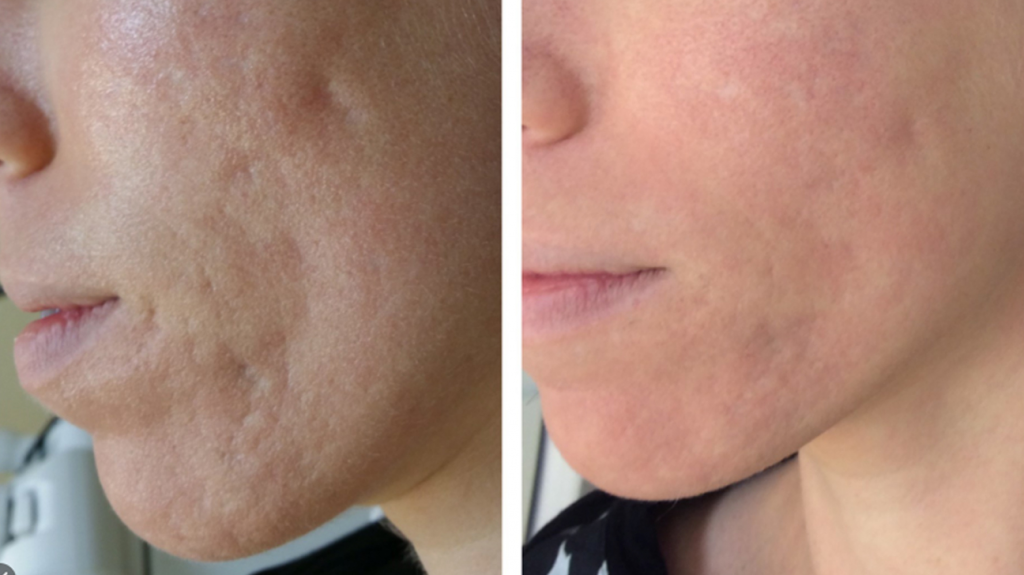
Red and near-infrared light penetrate into the skin to effectively target the mitochondria. Their function is to convert beneficial substances into energy and promote the creation of new cells.
Red light also increases the production of collagen, which is the main building material for the skin. All this combined leads to the fact that the skin is rejuvenated and wrinkles disappear. Visible results appear after 4-6 months (8 procedures). You can speed up the treatment process, but you need to consult your therapist.
In one study, 90% of patients who participated after a month confirmed the reduction of wrinkles and skin rejuvenation effect.

Cold laser therapy is also used to treat acne. The red light affects the sebaceous glands and reduces their activity. In parallel, the red light accelerates the production of collagen, which allows the affected skin to be renewed with a new one.
To get results, you need to do cold laser therapy 2 times a week for 6 weeks. One study confirmed that acne spots were significantly reduced in 10 weeks of regular treatment.
Wound Healing

Cold laser therapy is also used to treat wounds. In this case, the effect of photobiomodulation (increased collagen production) is also used. It promotes faster regeneration of the skin cells with the ability to renew them with new ones.
There are not many studies on cold laser therapy for the treatment of wounds. But those that are available confirm its effectiveness. It is best used in the early stages of wound healing so that dead skin cells are replaced by new ones more quickly and the wound begins to heal. To get the result you will need to visit 3-10 procedures.
It is also worth noting that cold laser therapy helps treat chronic venous ulcers. It prevents ulcers from growing and the wound from getting larger. To get visible results, you will need 1-9 month of treatments.
Hair Loss

Cold laser therapy is used to improve hair growth. Red light affects weak hair follicles in different ways. However, it is worth noting that the cold laser does not promote hair growth in areas where follicles are absent. The therapy does not cause the emergence of new follicles, but can only stimulate hair growth from existing ones.
Studies show that cold laser light makes hair thicker, stronger, and promotes hair growth. It activates the production of collagen, which is the building material for hair. In 83% of those who participated in the study, there was a noticeable increase in hair density and thickness, and had new hair growth from weak follicles.
Positive treatment results were noticeable in as little as 2 months and continued to improve as the cold laser was used. It is worth noting, however, that if treatment is stopped abruptly, the condition of the hair will return to its original state.
Sport Injuries

Cold laser is used to treat sports injuries. Research shows that the use of the therapy is effective for 65.9% of participants and another one notes that it was effective for pain relief for 75%..
It can remove inflammation and minimize pain by allowing short, red beams to penetrate the soft layers of the skin. It is these that are mostly damaged by injuries. Red light affects the mitochondria, which absorb the rays and convert them into energy and nutrients. The cells are nourished by it and their regeneration rate increases by 2-3 times.
You will need to consult your trauma surgeon about the number of sessions you need to treat a sports injury. It is because different injuries require different lengths of treatment.
Pain Relief

If you have intermittent or chronic pain in your head, back, joints, or arthritis, you can use the cold laser to improve your condition. The principle of treating pain is similar to that of sports injuries.
Short beams of red light penetrate the skin at 3″, where the soft layers of skin, cells, and mitochondria are concentrated. The latter absorbs the red light and turns it into energy. It is absorbed by the cells and used to accelerate regeneration processes in skin tissues and joints.
Due to this the pain syndrome is reduced or eliminated in 75% of cases. On average, you will need to attend 8 to 30 treatment sessions to achieve the effect. To find out the exact number, consult your doctor.
Is Cold Laser Therapy Effective for Treating Animal Diseases?

In the case of animals, cold laser therapy also helps with the treatment of diseases. The rays penetrate the pet’s skin and affect the cells and stimulate them to produce . The same cells are nourished by it, which helps to speed up the regeneration process.
Studies show that in addition to healing wounds, the cold laser can be used to reduce pain from inflammation. Red light activates lymphatic drainage, which is responsible for removing excess fluid and improving cell metabolism. Because of this, cells can be more efficiently nourished to create energy, with which they trigger regeneration processes.
Cold laser therapy can also block the nervous system signals that cause your pet to feel pain. It doesn’t take away the root cause of the pain, but reducing the pain syndrome can speed up the recovery process.
In addition to the pet ailments listed above, the cold laser may help treat the following diseases:
- Skin injuries and wounds;
- Urinary tract problems;
- Osteoarthritis;
- Injuries to ligaments, muscles, and tendons;
- Postoperative healing;
- Respiratory problems;
- Ear infections;
- Chronic pain conditions;
- Burns;
- Anal gland infections;
- Degenerative joint disease.
Expert Opinion: Cold Therapy Pros & Cons
Pros
- Non-invasive. Cold laser treatment is not a surgical procedure and does not require a long recovery time.
- Versatility. You can undergo the procedure in a hospital or even at home. Before it, you will need to consult a doctor.
- Safe. The procedure has no serious side effects.
- No need to take medications. Unlike other procedures, cold laser therapy does not require taking medications at the same time. So, this treatment is effective without any medications.
- Quick sessions. A single procedure usually lasts from 30 seconds to 20 minutes depending on the diseases you have to treat.
Cons
- No instant results. The visible effect of the procedures does not appear immediately but after 8-30 procedures. It depends on the type of diseases you have to treat.
- Insurance. Not every health insurance policy covers the cost of cold laser treatment.
Cold Laser Therapy Contraindications
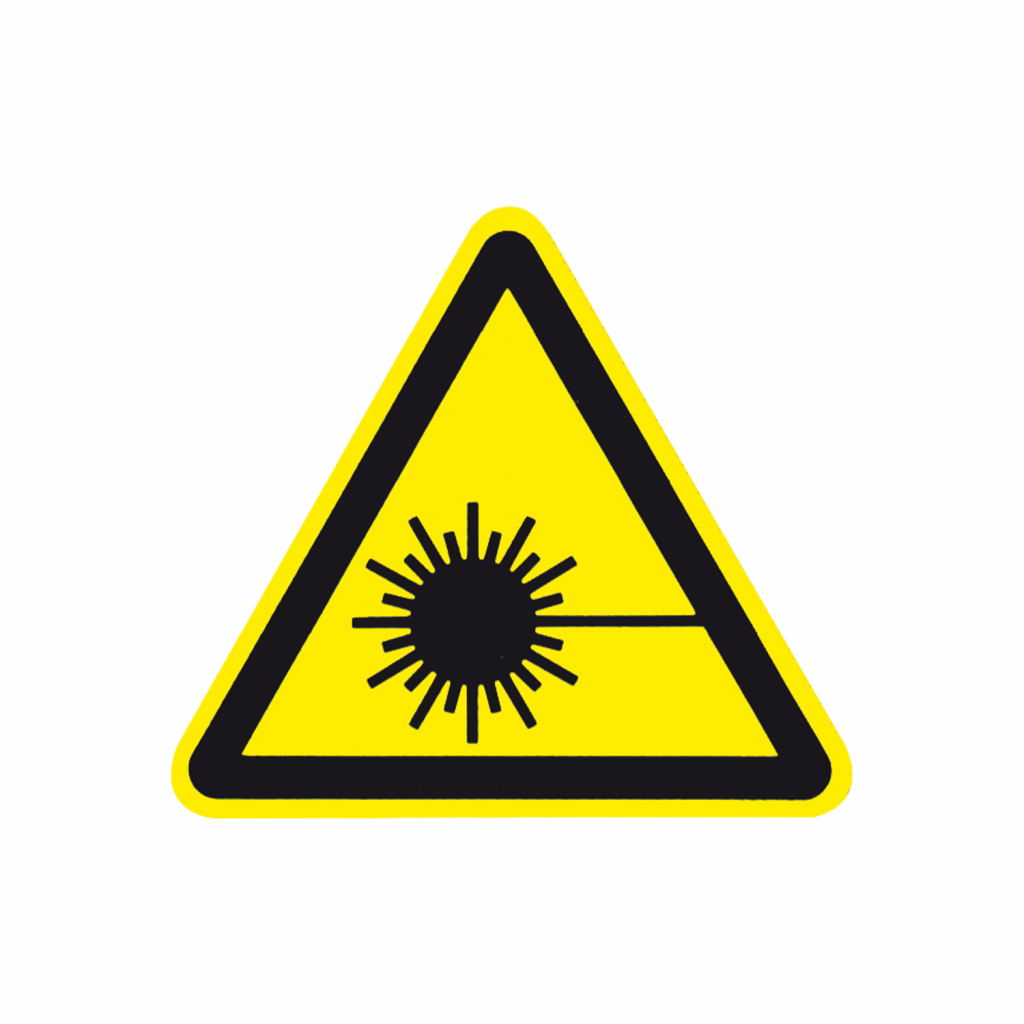
The concepts of cryo and cold laser therapy are compared as synonymous. However, this is not the case. These two procedures are different. Cryotherapy is based on treatment with cold, while cold laser therapy is based on treatment with a laser.
These treatments are different and the cryotherapy is much more serious. To confirm it, we have compiled the contraindications of both procedures for you.
| Cold laser Therapy Сontraindications | Cryotherapy Contraindications |
Summary
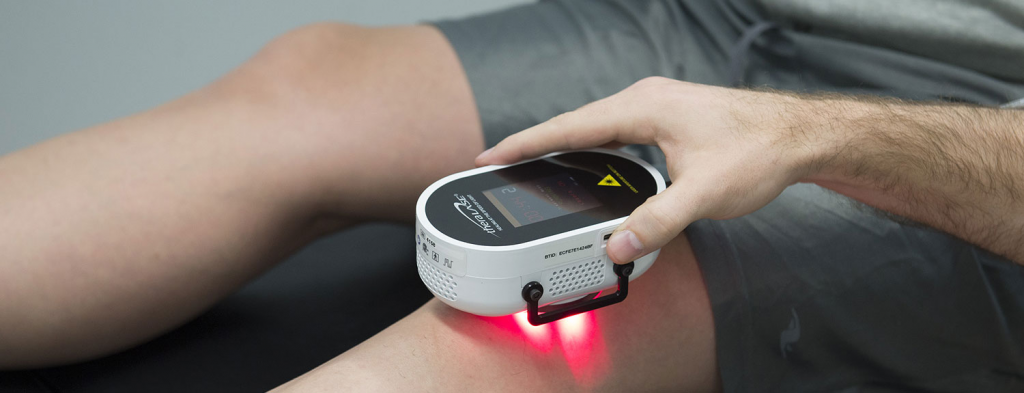
Non-invasive laser procedures are increasingly being used because of their simplicity and effectiveness. One of them is the cold laser treatment. It affects the skin cells with a short red light, which activates the regeneration processes in the cells.
However, this is only a short answer, which does not give a complete understanding of the topic. Therefore, in this article, we have described in detail what cold laser treatment is, how it works, how effective it is, what are the indications and contraindications for use, and whether it is possible to treat pets with a cold laser.
FAQ
❓ What is the difference between low-level laser therapy and cold laser therapy?
Low-level laser therapy (LLLT) and cold laser therapy both use lasers with light wavelengths between 600 and 980 nanometers which affect cells by triggering regeneration processes.
🧐 Can a cold laser tighten skin?
The red light from the cold laser penetrates the skin and activates the production of collagen, which is a major resource for regeneration, rejuvenation, and skin tightening.
🤔 What does cold laser therapy feel like?
The cold laser will not heat the treatment site, but it may cause a slight tingling sensation.
